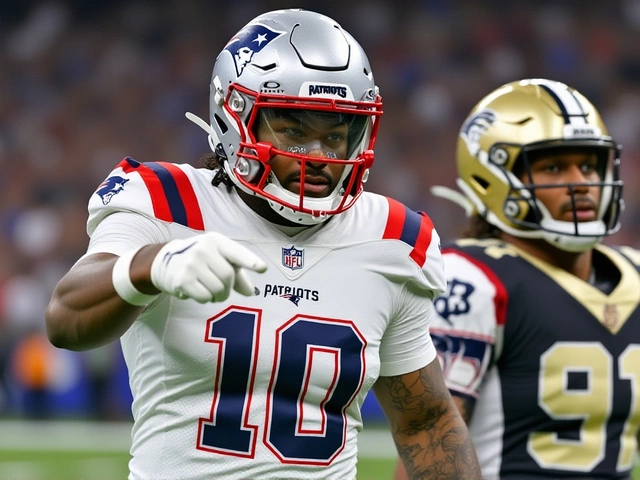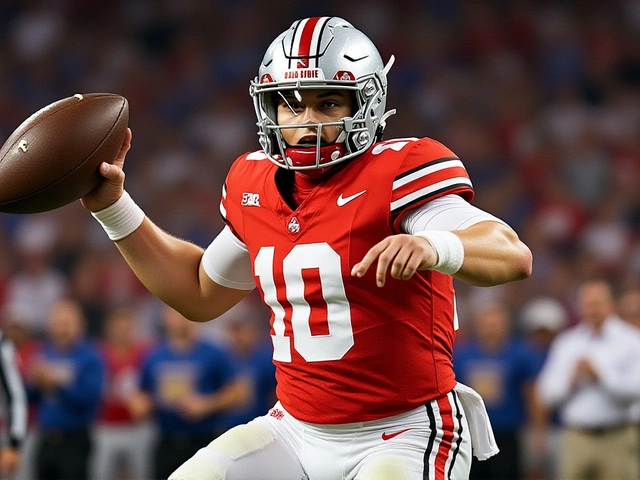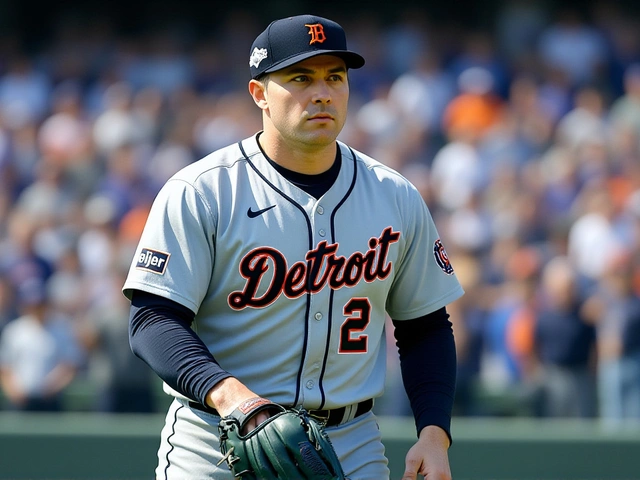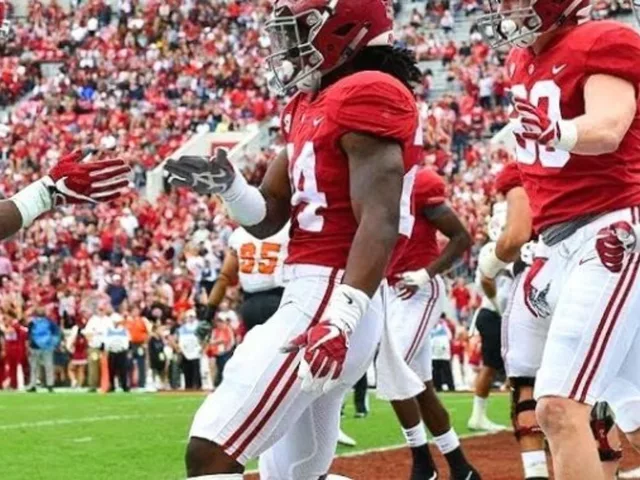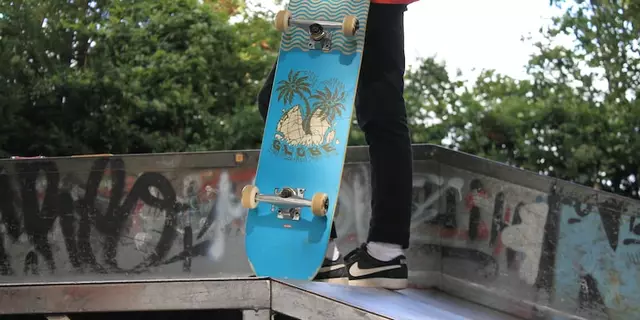When Trey Michael Yesavage, the 22‑year‑old right‑hander for the Toronto Blue Jays, took the mound for Game 1 of the 2025 World Series, baseball fans held their breath.
The start came at Rogers Centre in Toronto, Ontario, on October 25, 2025, at 8:08 PM EDT. At 22 years and 88 days, Yesavage became the second‑youngest pitcher ever to open a World Series, trailing only Ralph Branca, who was 21 years, 267 days old in 1947. His rapid ascent from Single‑A Dunedin to the sport’s grandest stage has turned heads from the Blue Jays’ front office to the Baltimore Orioles’s analytics department.
From Single‑A to the World Series in One Season
Yesavage began 2025 with the Dunedin Blue Jays of the Florida State League. Three of his final five starts featured double‑digit strikeouts, prompting a promotion to the Vancouver Canadians in High‑A. In his first two outings there, he rattled off 19 strikeouts over eight innings while surrendering just two earned runs.
By May, MiLB.com listed him as the minor‑league strikeout leader with 74 punchouts. A mid‑season 20‑day pause for the Futures Game and All‑Star break gave him time to work with pitching coach Doug Bibens‑Dirkx. Together they tweaked his rear‑foot stability, a subtle change that paid dividends later.
In July, after a dominant stretch with the Double‑A New Hampshire Fisher Cats—23 strikeouts in 47 batters faced without a walk—Yesavage earned his first major‑league call‑up on July 22.
Statistical Breakout and Pitch Arsenal
Yesavage’s rookie campaign was anything but ordinary. He averaged just over four innings per start, a figure that reflected manager John Schneider’s cautious usage. He also slipped into the bullpen for two September outings, never exceeding 54 pitches per appearance.
When he finally settled into a starter’s rhythm, the numbers spoke for themselves. In the ALDS Game 2 against the New York Yankees (October 9), he delivered 5 1/3 no‑hit innings, fanning 11 hitters. Five days later, in the ALCS Game 6 vs. the Seattle Mariners, another 5 2/3 strong innings secured Toronto’s pennant.
His repertoire now includes a 94 mph fastball with 20 inches of vertical break, a slider sitting at 87 mph that generates a 47% whiff rate, and a splitter with two‑plane movement that earns a 64% whiff rate. PitcherList’s September 3 analysis logged his release point at an average 7.2 feet, giving the ball an unusually high arm angle that analysts call “filthy.”
Coaching Adjustments that Made the Difference
Beyond raw talent, the coaching staff’s patience was pivotal. After the July stint in Double‑A, Bibens‑Dirkx noted that Yesavage experienced an "awakening" when he learned to trust his splitter in the dirt and vary his heat when behind. Bullpen catcher Luis Valenzuela summed it up: “He’s one of those guys that doesn’t quit. He’s not afraid of anybody, as you saw in the playoffs. He just goes after the guys.”
Even with the meteoric rise, the Blue Jays were transparent about lingering concerns. A YouTube analysis dated October 23 highlighted potential control issues and the risk of over‑loading his arm after limited deep‑game experience in the minors. Those warnings helped Toronto pull him after 5 1/3 innings in his no‑hit postseason effort, preserving his arm for the World Series.
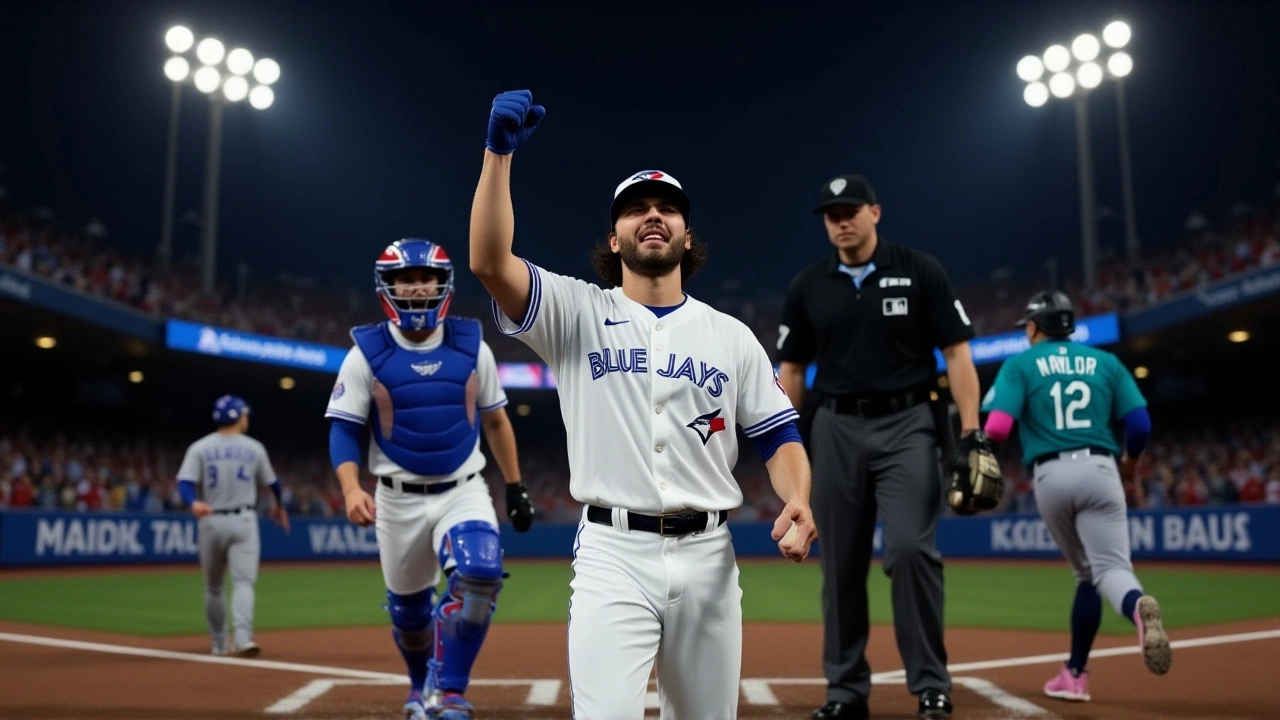
Lessons for the Orioles’ Pitching Development
The most compelling takeaway for Mike Elias, the Orioles’ general manager, is the balance between aggressive promotion and workload monitoring. Assistant GM Zach Richards has championed an analytics‑driven pipeline for prospects like Jackson Holliday and Coby Mayo. Yesavage’s trajectory validates that approach: each level presented a distinct command challenge that was addressed before the next jump.
For example, the 54‑pitch ceiling in September gave Toronto a clear data point on durability. The Orioles could replicate that by establishing pitch‑count thresholds tailored to each prospect’s biomechanical profile, rather than a one‑size‑fits‑all rule.
Another lesson lies in mental resilience. Yesavage’s willingness to pitch in high‑leverage postseason moments, despite limited innings, underscores the importance of cultivating a "next‑pitch" mentality early. The Orioles’ coaching staff might integrate scenario‑based drills that mimic playoff pressure, ensuring their young arms develop both skill and grit.
Future Outlook for Yesavage and the Blue Jays
Looking ahead, Yesavage’s World Series debut could be a springboard or a cautionary tale. If his splitter remains effective against the Dodgers’ power‑hitting lineup, Toronto may cement him as a long‑term ace. Conversely, any relapse in command could prompt a return to a hybrid reliever role, echoing the path of past pitchers who needed a slower buildup.
Either way, his story will likely influence how clubs evaluate rapid promotions. The blend of data, coaching tweaks, and measured workloads may become a template for other organizations aiming to turn high‑ceiling prospects into postseason contributors before they turn 23.
- 22‑year‑old Trey Yesavage becomes Game 1 World Series starter.
- Second‑youngest ever, behind Ralph Branca (1947).
- Fastball 94 mph, splitter 64% whiff rate, slider 47% whiff rate.
- Managed workload: never over 54 pitches in September.
- Orleans can apply similar analytics‑driven development to prospects Holliday and Mayo.
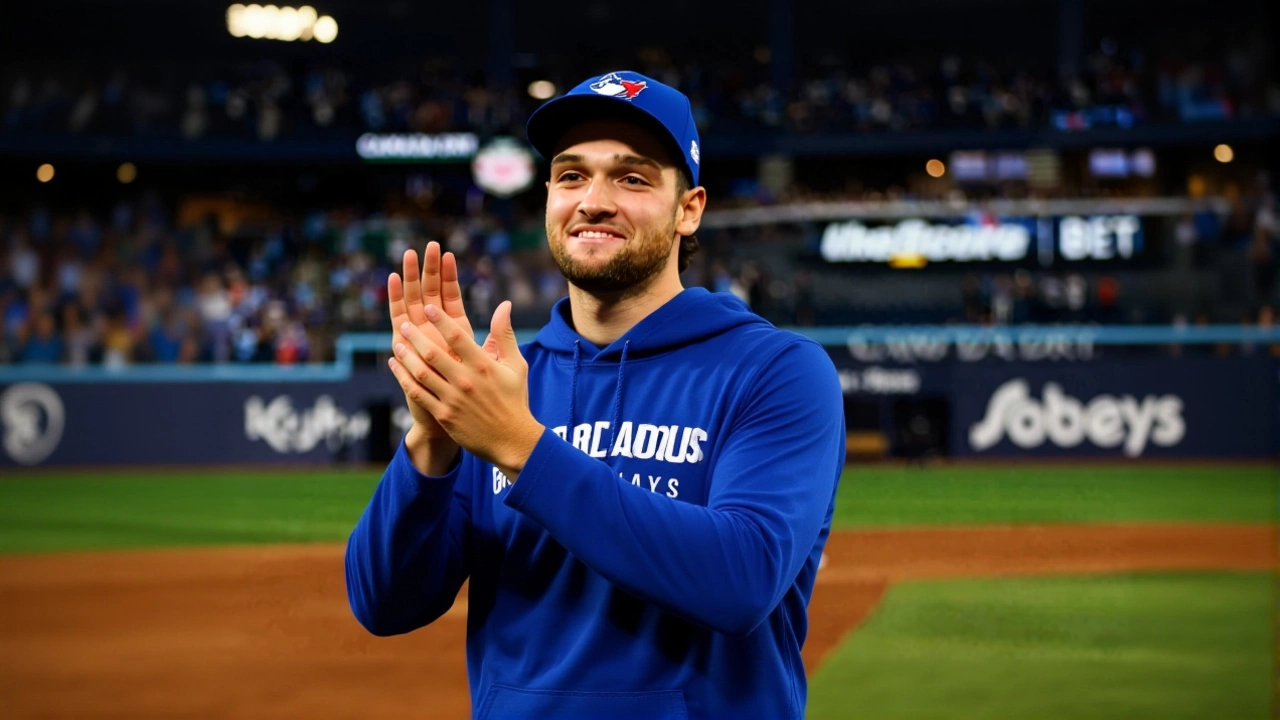
Key Takeaways for Teams Across MLB
Yesavage’s ascent proves that a structured yet flexible development plan can produce a World Series‑ready arm faster than traditional timelines suggest. Teams willing to combine granular pitch‑tracking data with hands‑on coaching tweaks—and then hold the line on pitch counts—stand to reap the rewards.
Frequently Asked Questions
How does Yesavage’s rise impact the Orioles’ pitching prospects?
The Orioles can mirror Toronto’s measured promotion strategy, using detailed pitch‑count data and targeted coaching to address command issues before each level jump. This could accelerate the development of prospects like Jackson Holliday and Coby Mayo while minimizing injury risk.
What were the main adjustments Doug Bibens‑Dirkx made with Yesavage?
Bibens‑Dirkx focused on rear‑foot stability and helped Yesavage trust his splitter in the dirt, while also teaching him to vary his fastball height when behind. Those tweaks improved his command and allowed him to dominate at each minor‑league level.
Why did the Blue Jays limit Yesavage to 54 pitches in September?
The limit was a precautionary measure based on his young age and limited deep‑game experience. Monitoring his workload helped prevent overuse, ensured his splitter stayed effective, and kept him fresh for a postseason role.
What makes Yesavage’s splitter so effective?
The splitter drops two planes with sharp vertical movement, creating a 64% whiff rate. Combined with his high release point, hitters see the ball disappear before they can adjust, making it a lethal weapon against both power and contact hitters.
Could Yesavage become the Blue Jays’ long‑term ace?
If he maintains command and keeps his splitter sharp, the Blue Jays have a strong case for making him their frontline starter. However, any relapse in control or durability issues may see him transition back to a high‑leverage reliever role.

